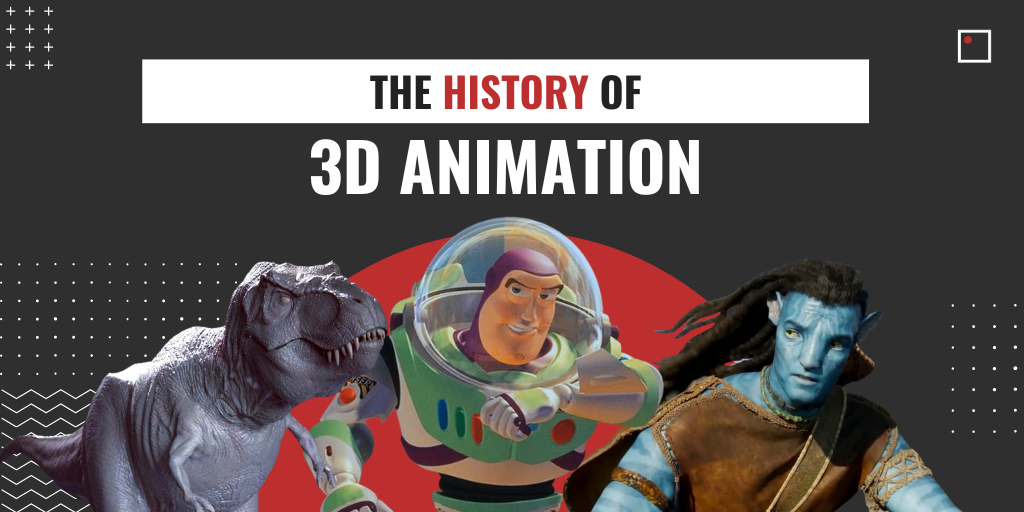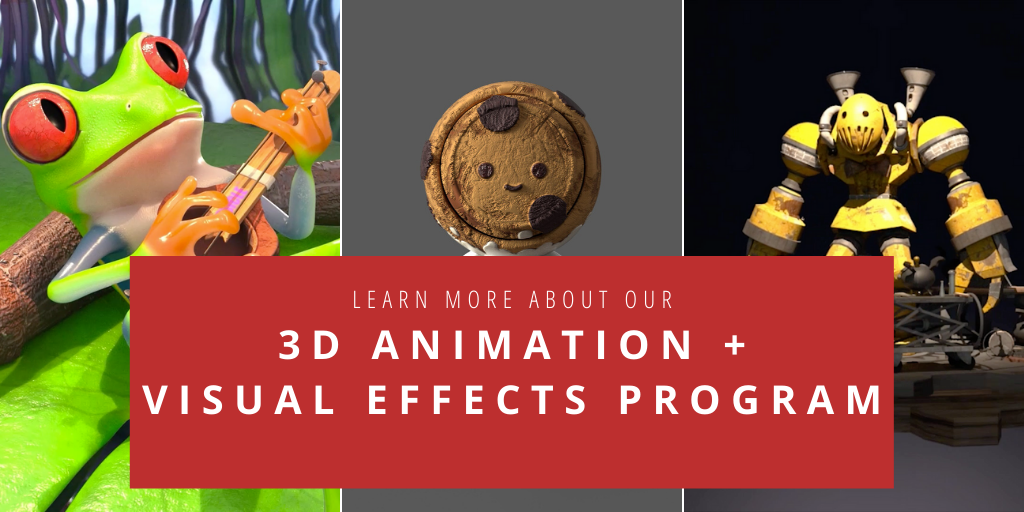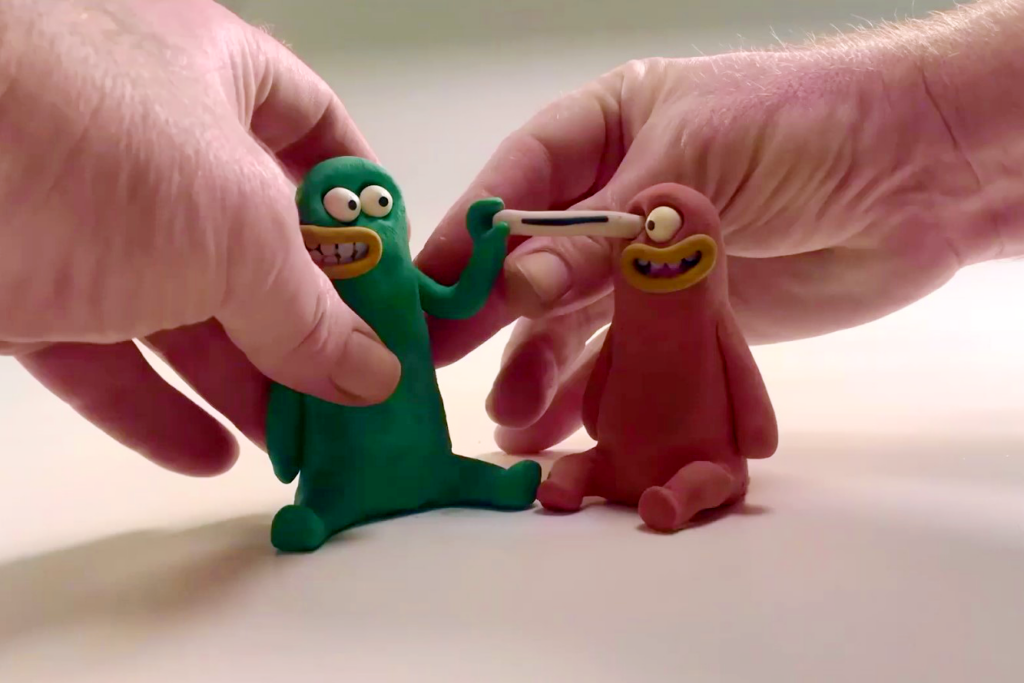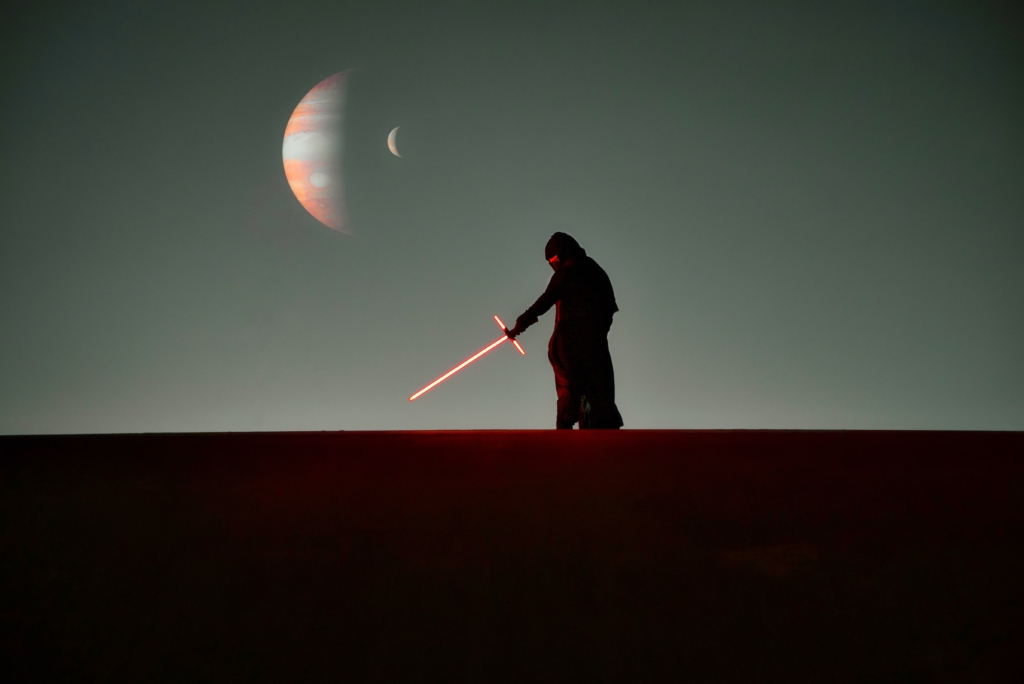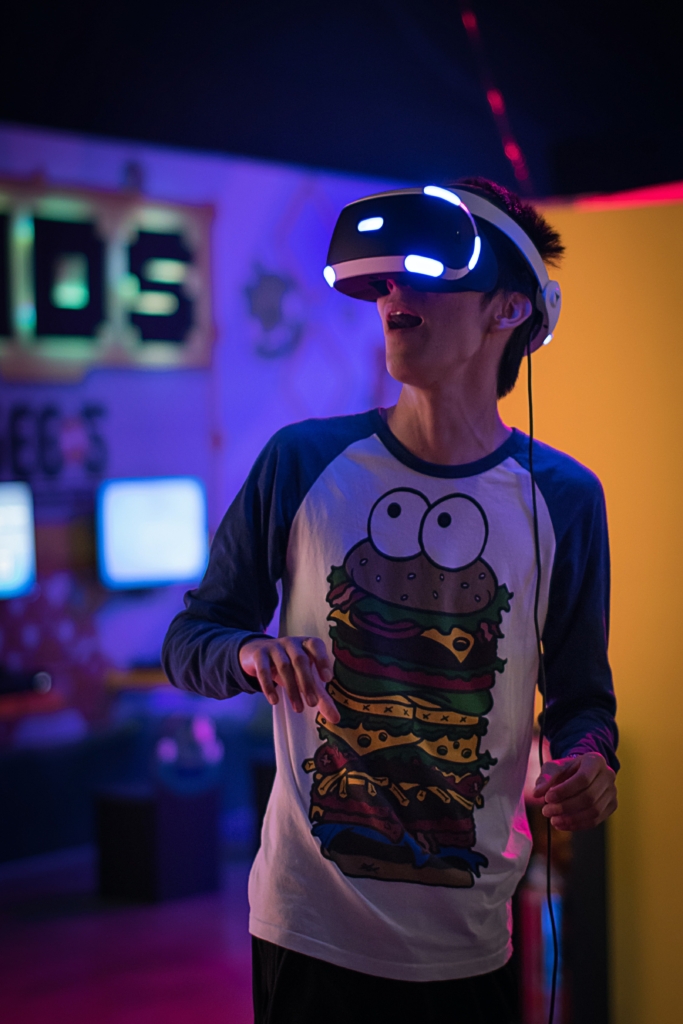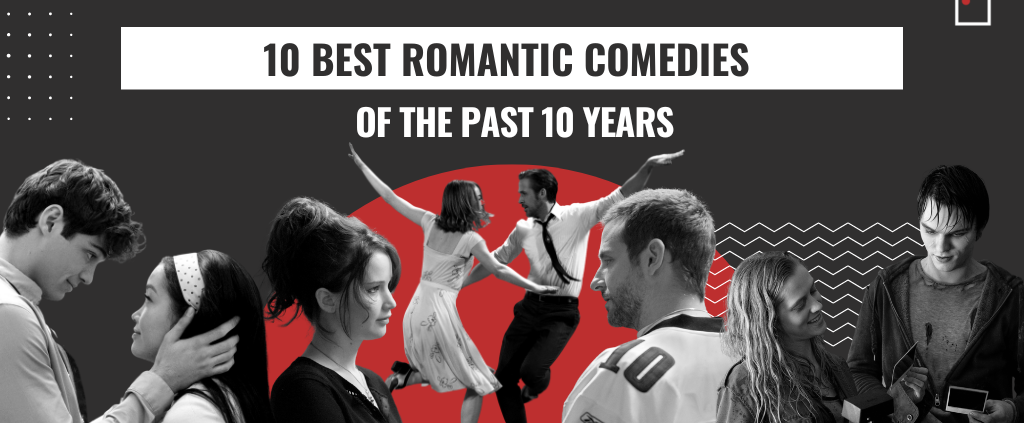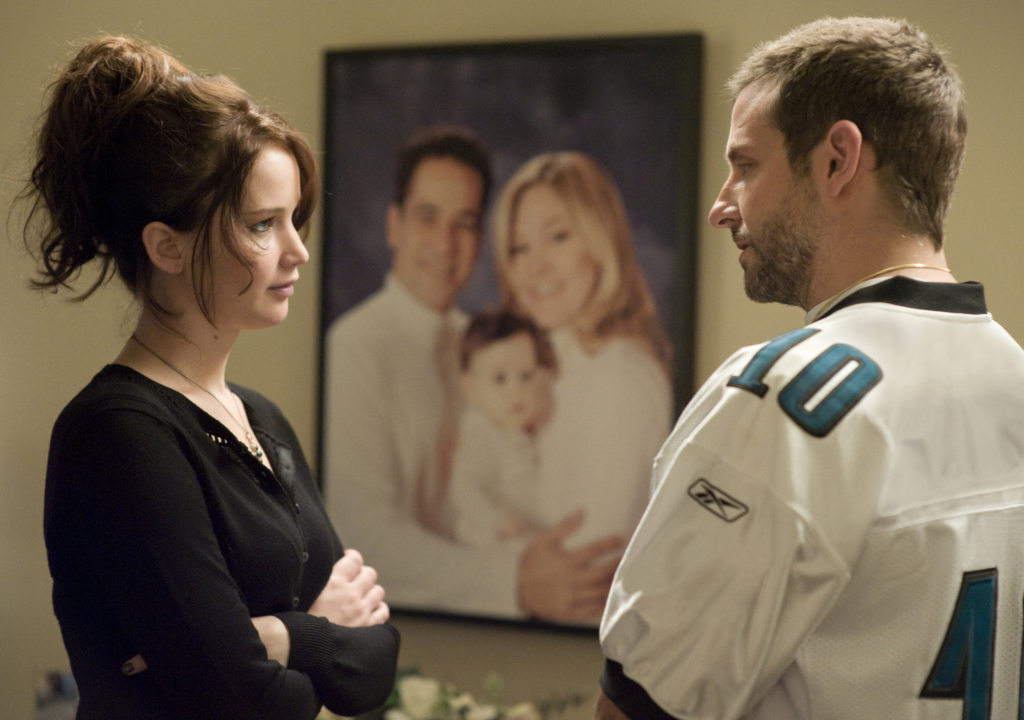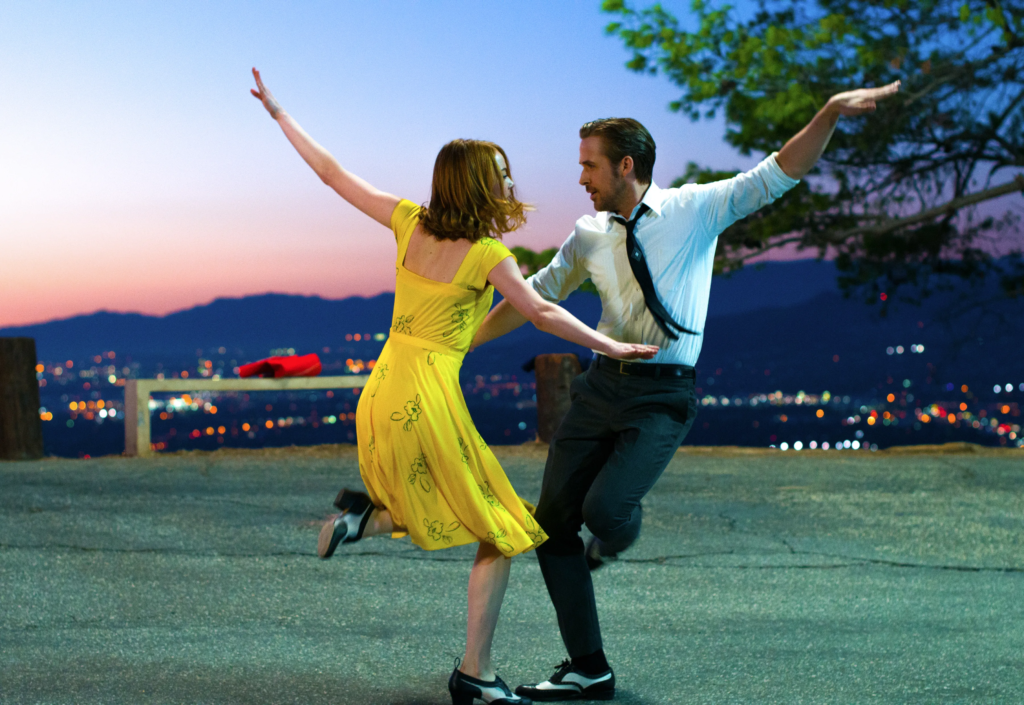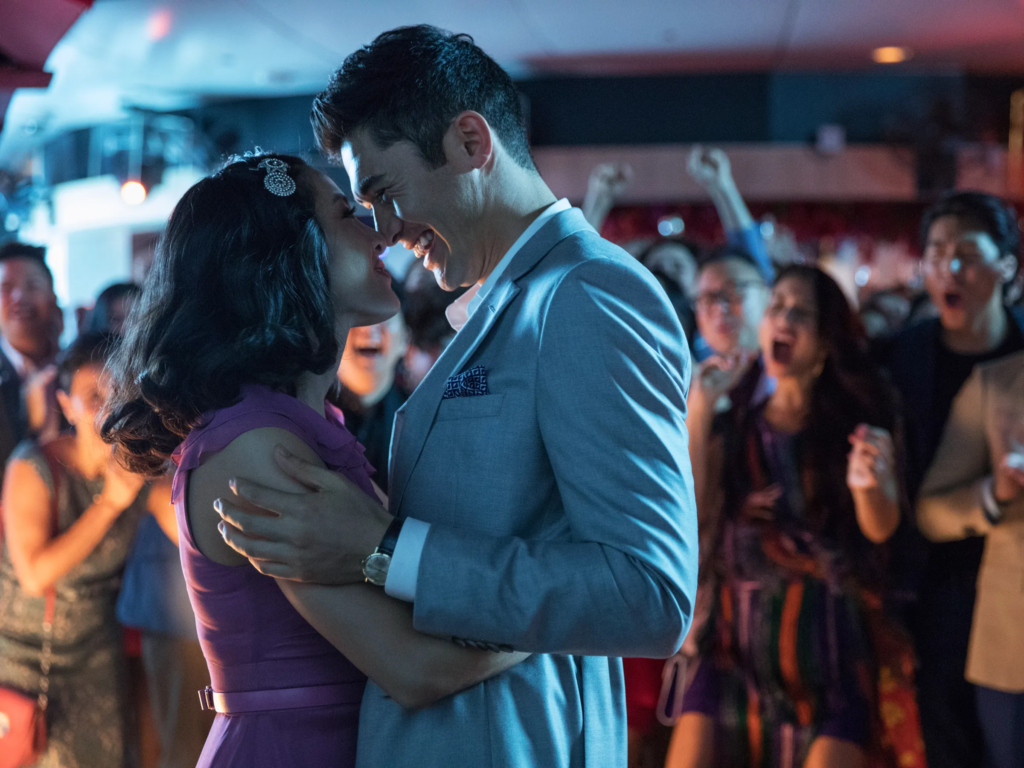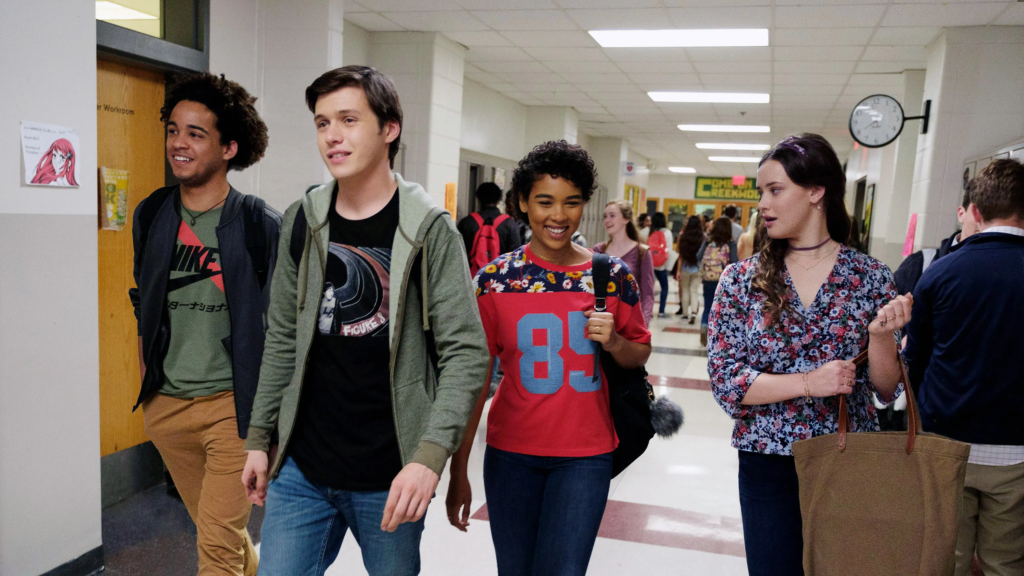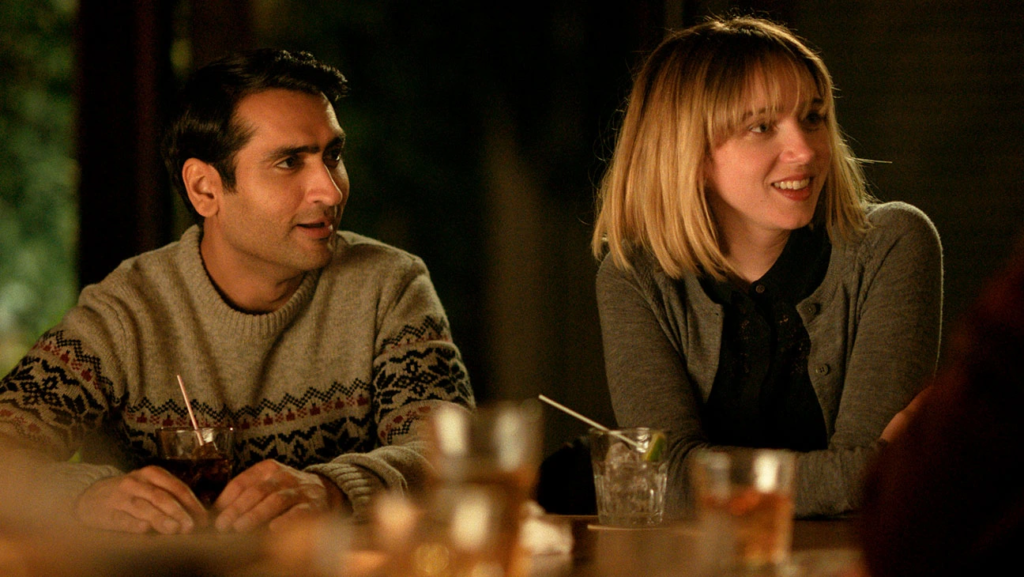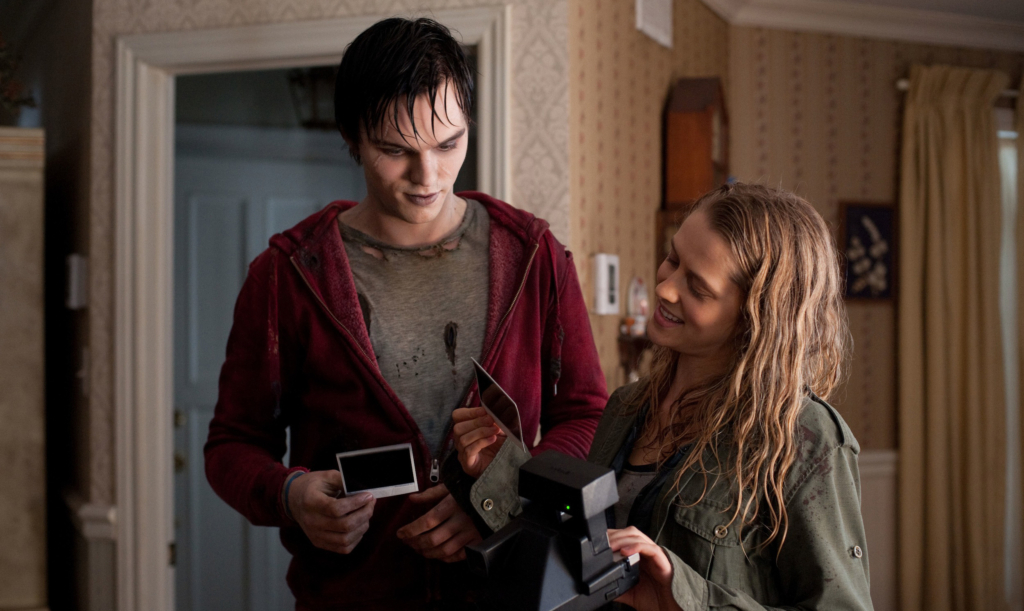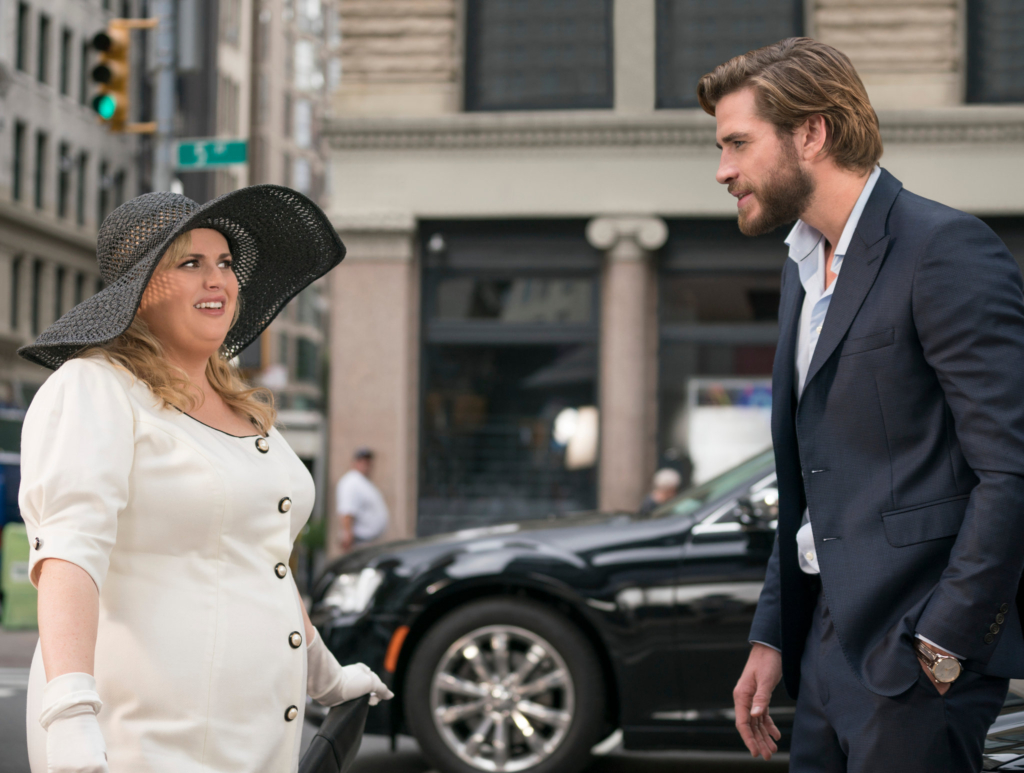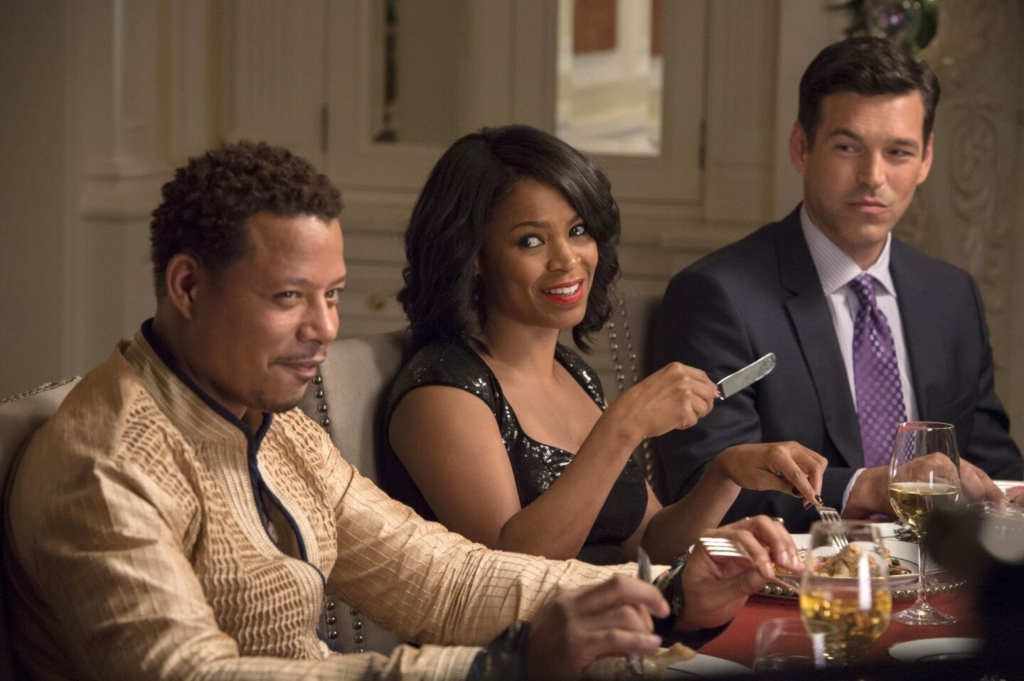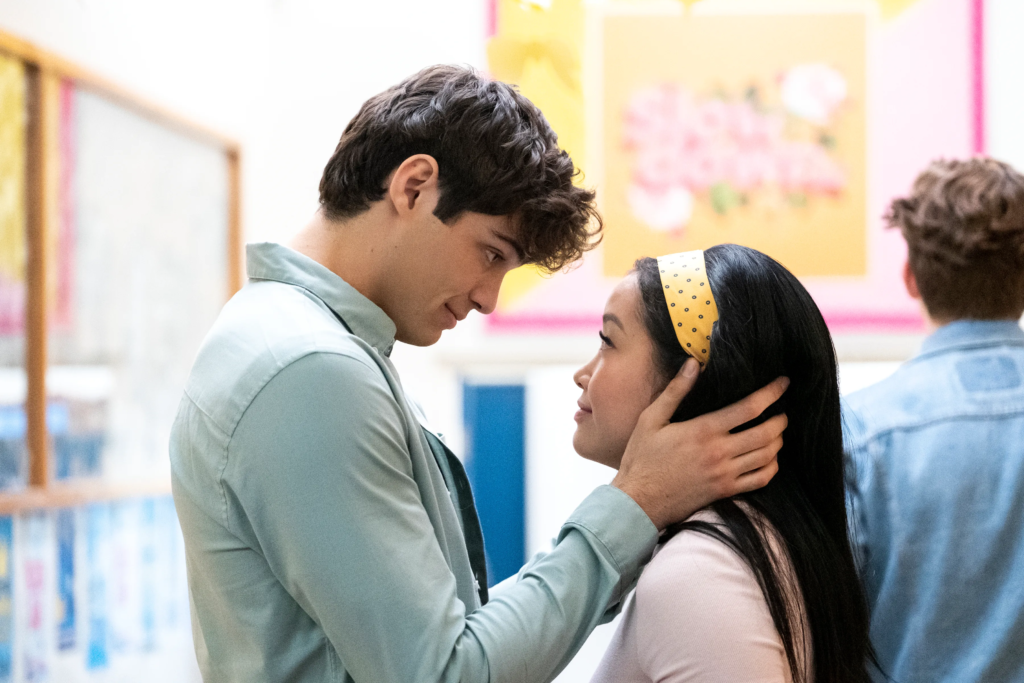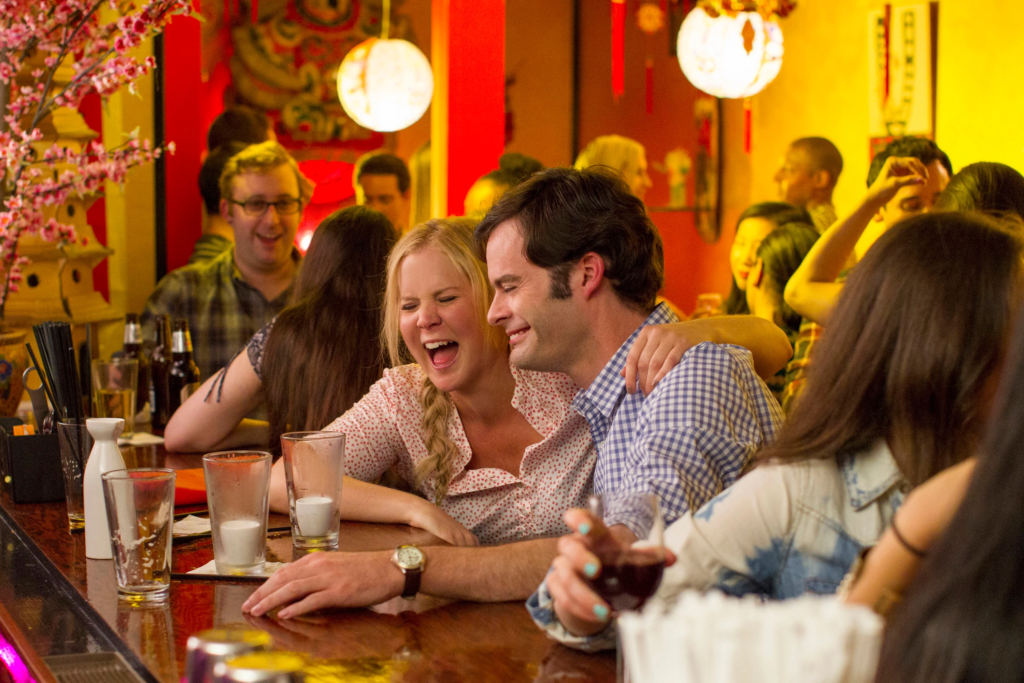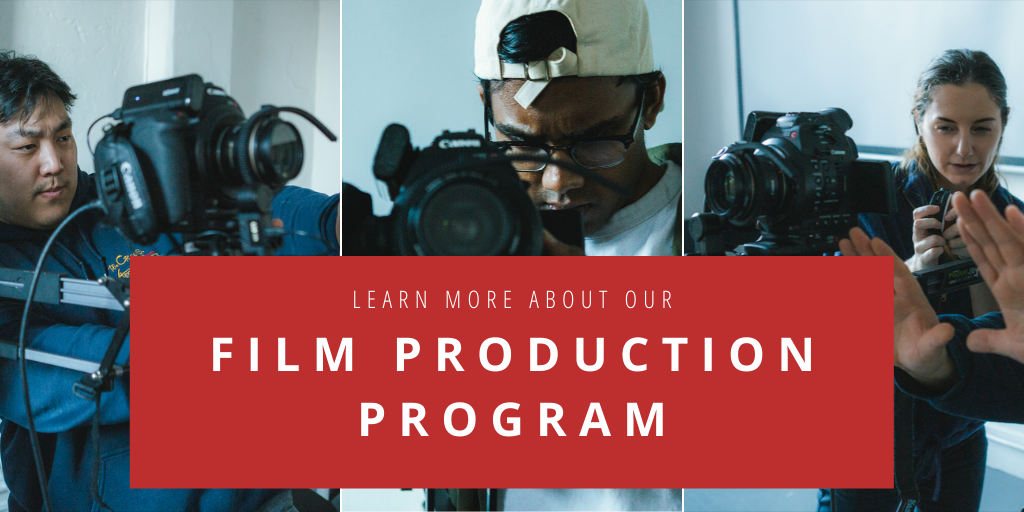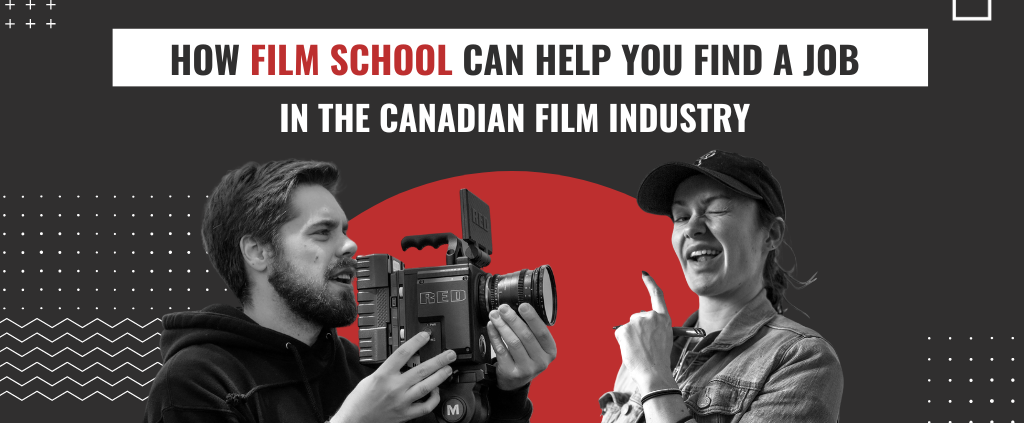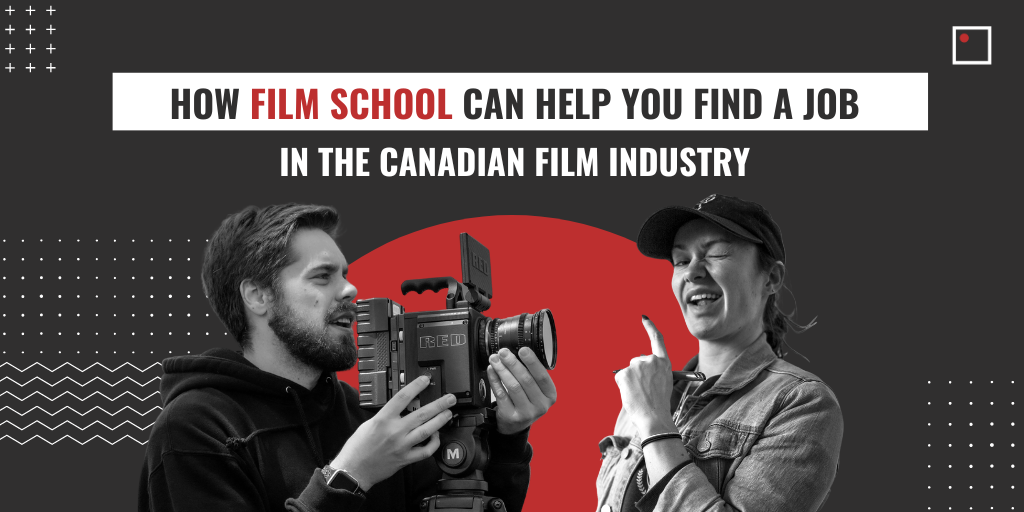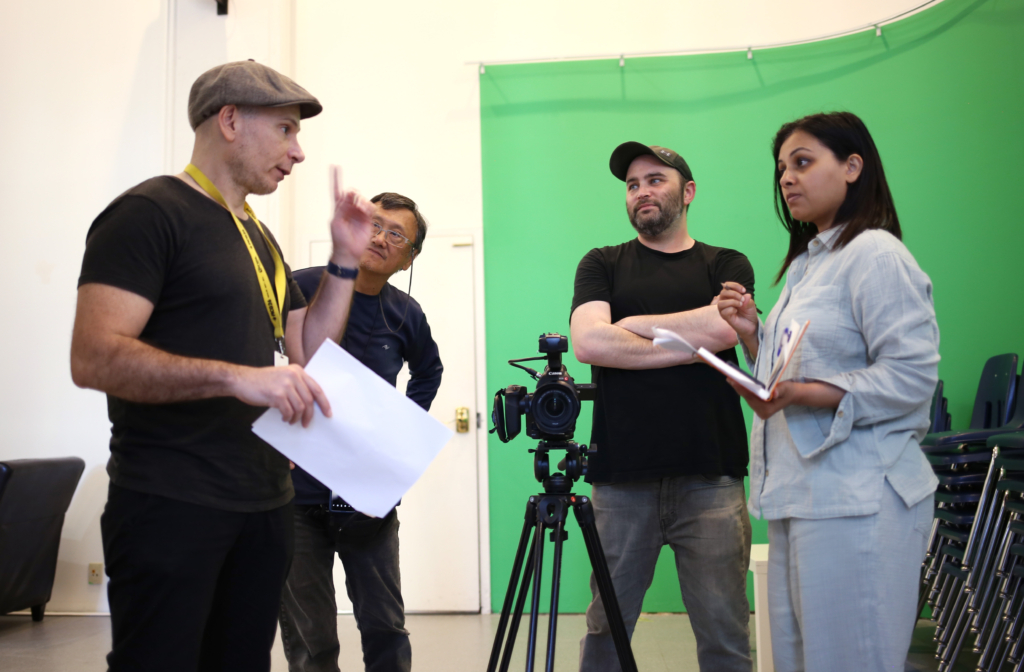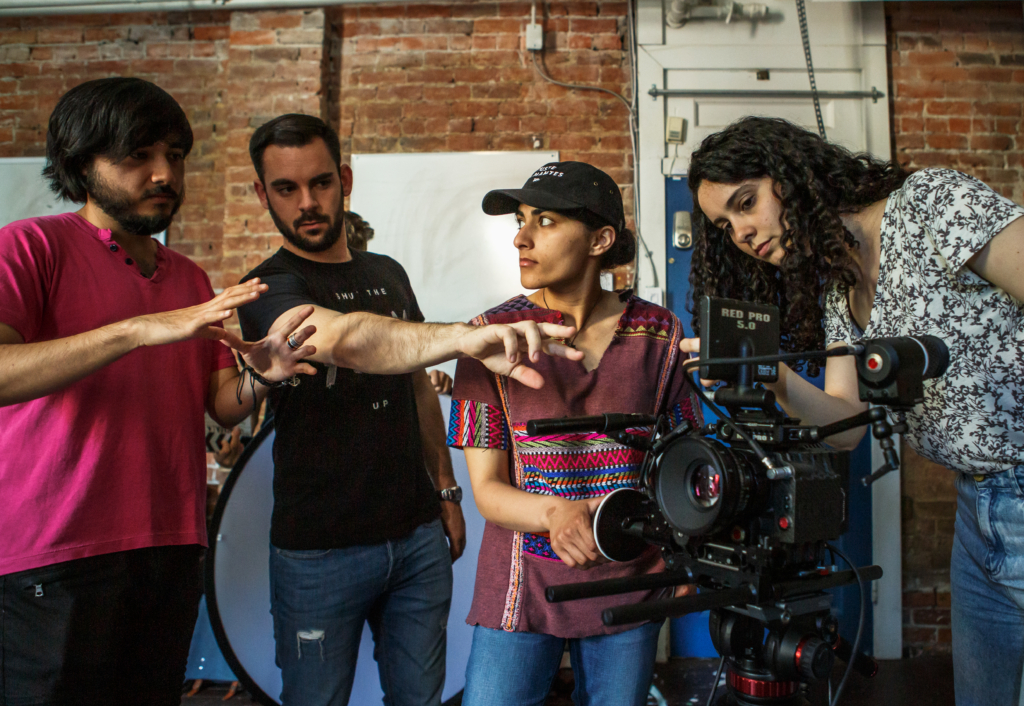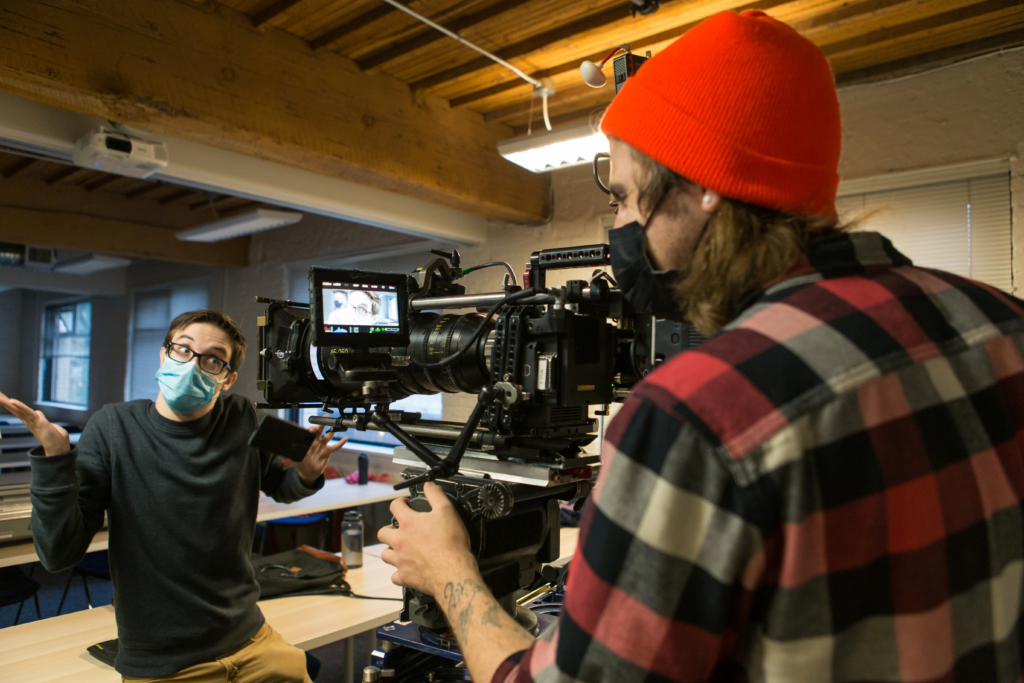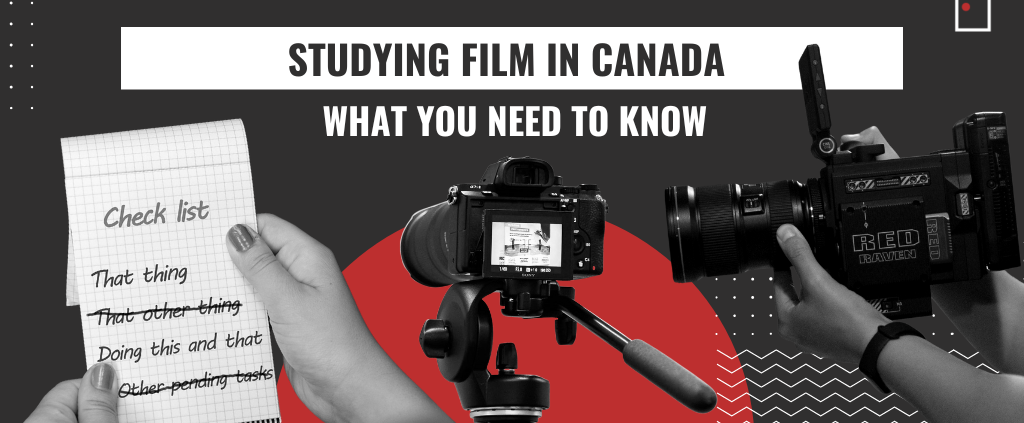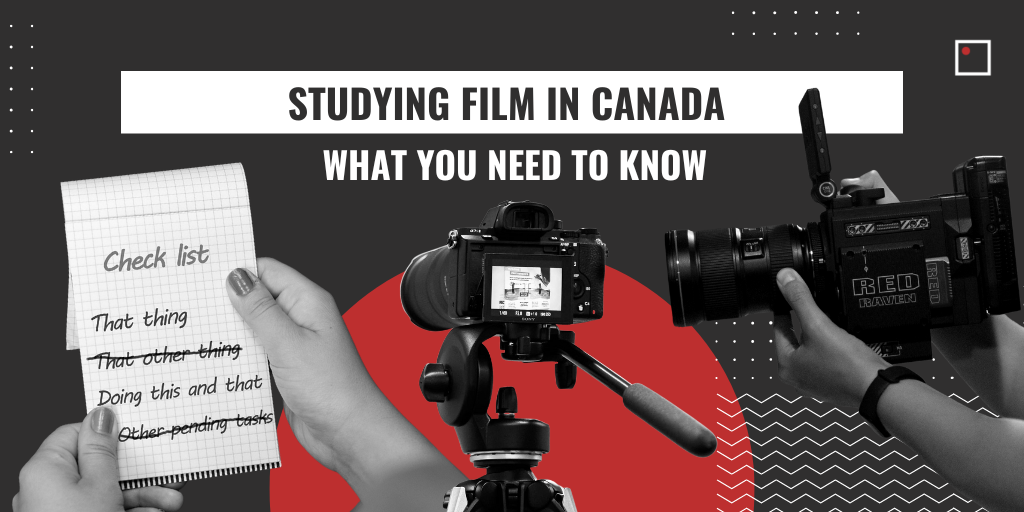Ever wonder how 3D animation rose to it’s current level of popularity? Continue reading for a deep dive into the history of 3D animation!
By: Sophia Lin
Though 3D animation seems like a modern concept, the history of 3D animation is long and rich. Technology has allowed the genre to rise in popularity as it can be adapted for families and mature audiences. As popularity continues to rise for 3D animation, so does the need for new animators and studios. There is no greater time to be an animator in this ever-growing industry than right now!
In this blog post we’ll discuss the history of 3D animation and how the animation industry changed in just a couple of decades. We’ll tell you about the surprising involvement of the aerospace company Boeing in the beginnings of animation. Additionally, we’ll go through how Star Wars had a major hand in kicking off the feasibility of 3D animation in Hollywood. But before we get into the history of 3D animation, let’s go back to basics – what exactly is 3D animation?
Defining 3D Animation
As an art form, animation is the rapid displaying of still images in sequence. Each image differs slightly from the one before, and when they appear quickly in succession, it creates movement. This movement often goes by at a rate of 24 frames per second, closely mirroring the speed of movement that we perceive in real life. By doing so, the viewer experiences a realistic scene despite the characters being animations.
In 3D animation, specifically, characters and environments are three-dimensional. Animators use pixels and work to give objects weight and timing. And sometimes, animators scan real-world physical objects to create blueprints. In this case, instead of looking flat, 3D animation gives off the feel of realism, using the same level of depth and detail our eyes see on a daily basis.
The Birth of 3D Animation
Lets start at the beginning of the history of 3D animation. During the early 1900s, a unique and never-before-seen style of animation came into being called claymation. This style of animation consisted of the modelling of clay into objects and characters resembling that of real life. Often, people would segment the clay so that not only could characters move, but so could their limbs, heads, and torsos.
These characters inspired the method of stop-motion filmmaking. Early animations would take a photo, move one piece of a clay creation, take a photo, and repeat. One of the well-known Claymation films of the time was called The Sculptor’s Welsh Rarebit Dream, a trick film created by Edison Manufacturing in 1908. However, despite its creativity, Claymation didn’t really take off. The growth of claymation was halted by the challenges of clay sculpting and the time-consuming nature of stop motion. For now, the future of 3D animation stayed largely unknown.
The 70s Boom
It was many years before animation returned to the entertainment scene after claymation came to a close. The re-emergence of 3D animation as a popular tool all started with the “Boeing Man” or “Boeman” in the early 1960s. It was the creation of William Fetter, an employee at Boeing. His job there was to create 3D models, using computers to animate and design these models for the company. This figure was meant to simulate how a human would sit and move in the cockpit of an airplane. Fetter would go on to create short videos of these rigged pilots, using them to understand ideal methods of cockpit design. With his work known as the first form of 3D moving images, Fetter became credited as the father of computer-generated 3D animation.
Frederic Parke, a computer graphics academic, created the first 3D model of a human face. As a computer scientist at the University of Utah, he produced a short film entitled Face & Body Parts in 1974. This short film showed computer-generated expressions such as happiness and shock, and the movements from one expression to the next. This would go on to pave the way for the complex facial animations we see in film and TV today!
On the heels of Parke’s work came several other milestones. The first 3D computer-generated hand was created by Edwin Catmull was the first of many landmarks in the history of 3D animation. Catmull and Parke later came together to work on Futureworld, a major motion picture released in 1976. This set a precedent, as the first film to ever incorporate 3D computer-generated animations. 3D animation technology finally reached audiences for the very first time, marking a pivotal turning point in the history of 3D animation industry.
Entry into Hollywood
By the 1980s, 3D animation was finally gaining momentum and finding its way into the film industry. The release of Futureworld certainly played a major part, but it was George Lucas’ Star Wars films that gave 3D animation the final push it needed to cement itself in Hollywood.
In 1977, the release of Star Wars: Episode IV — A New Hope changed the game. Lucas, along with the newly formed visual effects company Industrial Light and Magic, used 3D animation mostly in the realm of creating enhanced visuals for models, puppets, and sets. What Star Wars started was continued by Tron, a landmark film for 3D animation. Released in 1982, it featured computer-generated animation. This was the first time animation was at the forefront of a film, instead of incorporating bits and pieces of animation here and there.
The History of 3D Animation Technology
But what exactly allowed for this explosion of 3D animation in the 80s? The answer, simply, is that technology finally was able to catch up. From the first time 3D animation had come onto the scene until now, nearly 80 years had gone by, allowing for the rudimentary principles of animation to be refined again and again. Now, inventions in 3D animations were permitted greater complexity. For instance, recursive ray tracing, a rendering technique, was introduced by J. Turner Whitted. With this tool, animated work began to move closer and closer to realism.
Around the same time, in 1982, Autodesk released its computer-aided design software called AutoCAD. This not only widened the possibilities of software-supported 3D animation but increased the accessibility of the medium — and thereby, its popularity.
As the 80s wrapped up, 3D animation had become something Hollywood could not ignore. Its commercial success was undeniable, as was its growing viability for use in a wide range of settings and genres.
Mainstream Development
With the software and technology growing in advancements, the 1990s were a sweet spot for 3D animation. Studios, filmmakers, and animators were all ready to take a risk on this new medium — and so they did. The decade was kicked off with James Cameron’s Terminator 2: Judgment Day, which, though it was live action, contained stunning visual effects completely foreign to audiences. Jurassic Park then took this one step further with more than realistic and larger-than-life dinosaurs.
Unsurprisingly, the realm of entirely animated works expanded too. Veggie Tales, out in 1993, marked the first fully 3D animated series. Not long ago, the iconic Toy Story came along, as the first fully 3D, computer-animated feature-length film. The success of the innovative Toy Story, both critically and commercially, placed it firmly into the limelight. Its box office gross of $363 million made it clear that 3D animation was here to stay, and so was Pixar. At the time, the company was in its early years, co-founded by the same Edwin Catmull who introduced the first 3D animated hand.
Turn of the Century
The 90s were quickly coming to an end. But, the turn of the century brought more good news and development for the 3D animation industry. For one, George Lucas was beginning to reap the rewards of his continued belief in animation. In The Phantom Menace and The Attack of the Clones, almost all the added effects used the technology of 3D animation.
2009 saw Avatar break records for its use of 3D animation at the highest level yet. 3D animation allows us to create realistic human-like creatures, extensive world-building, and manufactured sets, making it an option that was not only preferable, but the highly-coveted ideal. By now it was clear that technology was flourishing, computers were widespread, and 3D animation was well on its way to its current-day multi-million status.
3D Animation Today
When you think of current 3D animation, images of Frozen, Zootopia, or Sing may come to mind. People often see kids’ movies as the face of animation nowadays. But, in truth, 3D animation as an art form has never been more viable or versatile. Though it may not be what first comes to mind, animation is used in media far and wide. In fact, it’ll be hard to name a recent film that doesn’t use 3D animation technology in any way, shape, or form. Even films like Tenet, Dune, and all Marvel movies utilize 3D animation technology. In these films, the seamless combination of live-action and 3D animation is apparent; another great innovation to come out of the 21st century.
With 3D animation technology frequently blurring what is animated vs. what is real, there is a distinct emphasis on realism. And more often than not, animated objects stand in for real ones without us ever noticing! Films are just the beginning. You can find 3D animation in television, but also in video games, virtual reality, advertising, and education. The presence of 3D animation is strong, and even still on the rise.
The Future of Animation
3D animation is bound to see enhancements in terms of capability and complexity because of how much technology supports it. AI and machine learning has the potential to speed up the animating workflow. This would perhaps open up the field up to a greater range of possible animation styles.
Likewise, phenomena like photorealism and 4D animation are just now taking off — and also involve 3D animation. Some of the more current trends, such as virtual reality and augmented reality, will also continue to evolve. In fact, these are two disciplines which have already proven to be promising applications of 3D animation. The mainstream quality of 3D animation will likely be amplified further. Prepare to see uses of 3D animation in business, everyday communication, and marketing. Even now, the 2D industry utilizes 3D animation software in many of their productions!
Without a doubt, aspiring 3D animations have grown exponentially since the early 21st century. Many want to get in on this fast-growing industry, and contribute to an art form that is, all things considered, still quite young. And as we move towards the future, creating high-quality 3D animation work will only get easier and easier.
It’s clear that 3D animation has come far from its humble roots. Now, the industry looks set to move in a range of exciting new directions. The history of 3D animation has made a unique and long-lasting mark on the world as we know it. There is no doubt that this industry will continue to grow and surprise us.
Related Articles:
InFocus Film School 3D Animation Program
What is the Difference Between 2D and 3D Animation?
3D Animation Training for Beginners
5 Tips: How to Get Hired at a 3D Animation Studio
TALK TO A PROGRAM ADVISOR
By submitting this form you are agreeing to be contacted by InFocus Film School. We will never sell or distribute your information, and you may opt-out of receiving emails from us at any time. Read our Privacy Policy here.


